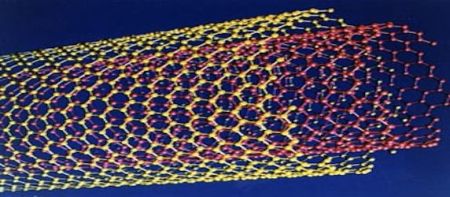One promising area in the fight against cancer is the use of nanotechnology - the manipulation of matter at an atomic and molecular scale for specific medical aims.
The EU-funded NAMDIATREAM ('Nanotechnological Toolkits for Multi-Modal Disease Diagnostics and Treatment Monitoring') aims to contribute by using nanotechnology-based techniques to help in early detection. Cancer kills 1.7 million people each year in the EU. Around 3.2 million new cases are identified annually.
The project's team, led by Trinity College Dublin in Ireland, is developing a nanotechnology-based toolkit to enable early detection. The toolkit involves the detection and imaging of biomarkers linked to the most common types of cancer and their spread to other parts of the human body.
The toolkit is made up of a set of nano-particle reagents and diagnostic chips that can be used to visualise specific photo-luminescent, magnetic and other unique optical properties to screen for cancer biomarkers.
For example, reagents containing nanomaterials are mixed with patient tissue samples. Then, using advanced imaging technologies, researchers will be able to visualise the particular distribution of the nanomaterials in the samples, allowing the identification of cancerous biomarkers.
The same technique can also be used to evaluate disease progression during surgical procedures, to evaluate tumour heterogeneity for selective irradiation, or to assess the kinetics of cancer cell destruction during cancer therapy.
The NAMDIATREAM toolkit is portable, so it can be used in different settings - clinical or research - or in hospitals. Furthermore, the technique works with micro-litre sample volumes, reducing the invasiveness and costs of the procedure.
Diagnostic and medical imaging device companies involved in the consortium, along with clinical and academic partners, NAMDIATREAM results are expected to provide a solid basis for improved cancer therapeutics.
The project involves 22 partners from Ireland, Spain, Austria, Germany, France, Italy, Belgium, UK and Switzerland.
To date, the consortium has reported that device development and validation of the toolkit were proceeding ahead of schedule, with new prototype diagnostic probes and systems being tested on ex vivo clinical samples from cancer patients and laboratory animal models.
Benchmarking tests against currently available cancer diagnostic approaches have demonstrated that the new NAMDIATREAM cancer detection tools are feasible and could have a profound socio-economic impact once introduced into diagnostic practice.
Meanwhile, NAMDIATREAM has significantly increased its own visibility through numerous international scientific presentations, a new internet portal and scholarly publications. Crucially, commercial exploitation targets have been successfully secured through the filing of two patents.
For more information, please visit: NAMDIATREAM
Latest Articles
Oncology, Nanotechnology
One promising area in the fight against cancer is the use of nanotechnology - the manipulation of matter at an atomic and molecular scale for specific medi...



























